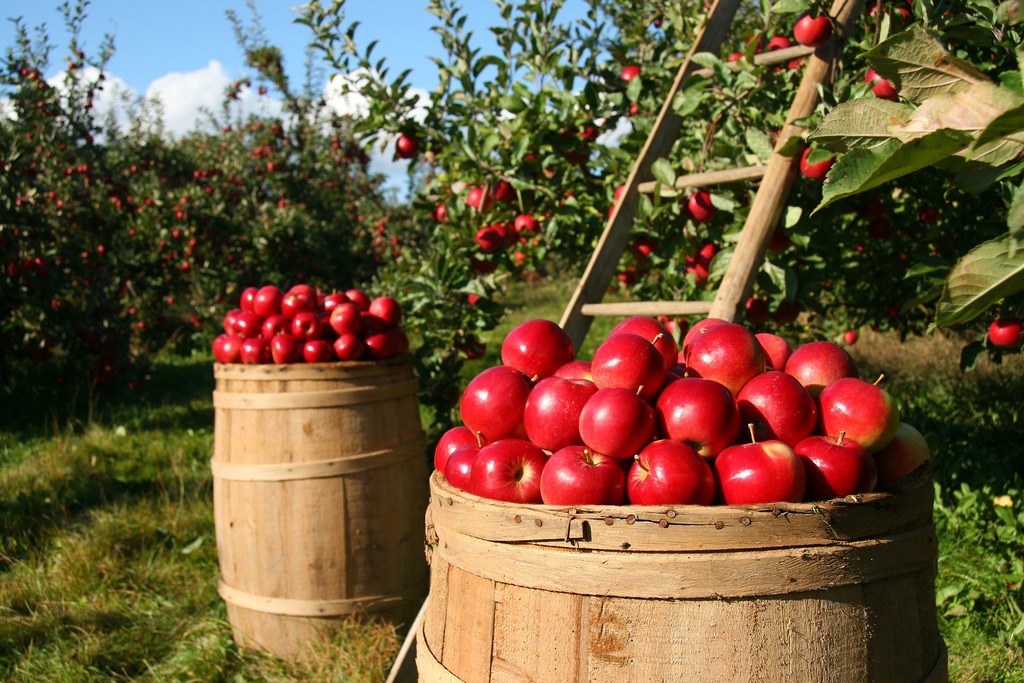Famous food journalist Michael Pollan advises people to not eat “anything their great grandmother wouldn’t recognize” as food. The paleo diet goes further, recommending that people not eat anything that our paleolithic human ancestors wouldn’t recognize as food. That is how the paleo diet basics came about.
Paleolithic humans were hunter-gatherers, so their diet was based on hunting and fishing, as well as finding and harvesting seasonal vegetables, fruits, herbs, and nuts. These humans hadn’t yet developed agriculture, so they didn’t eat dairy or grains, but they ate eggs when they could find them. For paleo diet advocates, when they are making food choices, they imagine whether an early human would have had access to that food, and act accordingly.
Origins of the Paleo Diet
For over a century, experts and nutritionists have been advocating for the advantages of eating more like our human ancestors, but the paleo diet as we understand it today originated in 2002, with the book “The Paleo Diet” by health scientist Loren Cordain. The book started a phenomenon, as more and more people began to realize health benefits and weight loss when adopting paleo diet principles. Paleo eating also became part of the CrossFit lifestyle, as the two powerful health trends complement each other.
Paleo Diet Basics
The foundation of the paleo diet is to eat:
•Lean meats•Fish and seafood•Eggs•Fruits and vegetables•Nuts and seeds•Healthy oils and fats
and to avoid:
•Dairy•Grains•Sugars and artificial sweeteners•Added salt•Refined oils•Artificial and processed ingredients
It’s that simple. The paleo diet has no calorie counting and no portion control, which makes it easy to implement and manage
The Paleo Diet Today
Today, the paleo diet has evolved, as many experts, authors, nutritionists, and bloggers have brought their own ideas and interpretation to the basic principles. There are a few controversial foods about which paleo adherents have mixed opinions.
Beans and legumes
Beans, legumes, and grains have a natural chemical called lectin, which binds to carbohydrates and causes inflammation. For that reason, most paleo experts forbid them from the paleo diet. However, nutritionists point out that beans are among the best natural sources of antioxidants and fiber, and have a very low glycemic index, and therefore consider them a healthy food. Individuals on the paleo diet can make their own judgement about beans and legumes.
Alcohol
Broadly speaking, alcohol is empty calories, and our paleolithic ancestors probably didn’t have the technology to ferment fruits or grains to create alcohol. However, studies have shown that some alcohols, notably red wine, have health benefits. Wine and spirits distilled from fruits and vegetables (like tequila, rum, and potato vodka) are usually considered paleo, while beer and spirits distilled from grains are not.
Butter
Paleo usually prohibits dairy, and yet often advocates butter. Butter, and clarified butter known as ghee, are allowed on the paleo diet because they are healthy saturated fats with little lactose. As you can see, there are a few foods that are “on the fence” in paleo, and opinions vary. However, the paleo diet is flexible enough that people can make the health choices that work best for them.
Conclusion
The Paleo Diet definition is to give us a guide on how how these categorization came about and why certain food were used in a particular way or two. The basic principle is that our bodies developed to consume and process these simple, natural foods, and they are optimized to keep us naturally healthy.
Are You Frustrated Over Dieting & Not Seeing The Results You Want?
Wonder why some people can lose fats faster and more efficient than others? We will teach you here!
Find out more about what the Paleo Diet can help you to achieve!





